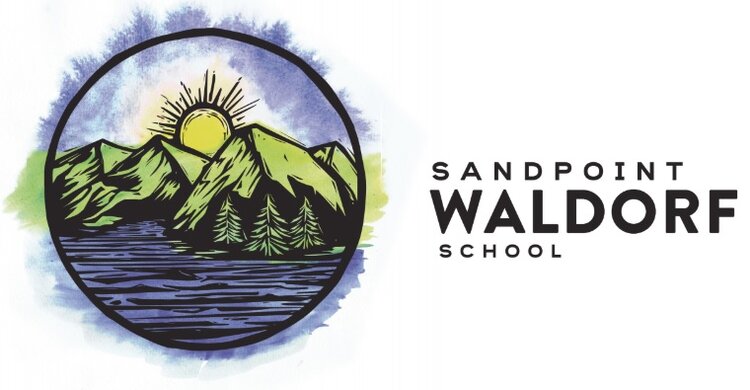We felt this article was well worth a share to our blog!
We have probably all heard the term ‘quality time’ in connection with parenting our children, for example: try to spend quality time with your child.
As a Child and Youth Counselor, I have always felt a little nervous about this concept because I fear it has misleading implications. In our busy lives, where time is often at a premium, attempting to reserve or schedule what we perceive is going to be ‘quality time’ might seem like a great idea except for one thing: is our child accepting of our agenda?
I often speak with parents who feel overwhelmed and puzzled by a child who appears to seek their attention through what they feel are negative behaviors: But I take him to hockey, baseball and swimming! I don’t know what else I can reasonably do with him! I’m exhausted trying to keep-up!
Instead of attempting to increase the amount of scheduled quality time with a child, I propose something far more basic and fundamental: increase the quality of simple moments everyday whereby you slow down to connect with your child.
Parenting is not about what you do with your child, it is about who you are to your child.
Dr. Neufeld often discusses the importance of the simple energies of delight, enjoyment and warmth within the attachment space between parent and child. In what ways do I express delight in my children, enjoyment of them, and warmth in how I am with them? These are vital questions that I stop and ask myself every once and a while, especially when things feel stressed, negative or ‘out-of-sync’ in my family. These are the very qualities that I seek to bring into the daily space between my children and myself.
Stop, as you do the laundry, to sit on the floor for a few minutes of undivided attention with your children; smile or hug them spontaneously as you fix the car; sit with them and show interest as they surf the net; join them in coloring; ask them about their interests; touch them gently as you pass by to acknowledge you’re thinking about them; turn the radio up and dance a song together; give them a role in your important chore; play a three-minute chase-and-tickle game; go for a walk around the block together; play follow the leader for a few turns; plop on the couch beside them for a bit; join them in a video-game, bring them a nice warm cup of hot chocolate, help them to complete the chore they have been avoiding all day; turn supper into a picnic; light some candles at suppertime, watch a movie together, engage in belly laughs and fits of giggles with them… the list is endless.
Instead of spreading yourself thin to schedule chunks of ‘quality time’, you will be investing your energy in spreading important moments throughout the day whereby you simply connect with your child.
It never ceases to amaze me how sometimes, only after the fact and in reflection of something that already happened, I realize just how rich the moment was with my child. It hits me freshly in the aftermath that I never could have scheduled or planned the spontaneous “quality” of the interaction… I could only leave myself open to its possibility as I brought my delight, enjoyment and warmth into the space between myself and my child.
~By Darlene Denis-Friske posted on The Neufeld Institute blog



